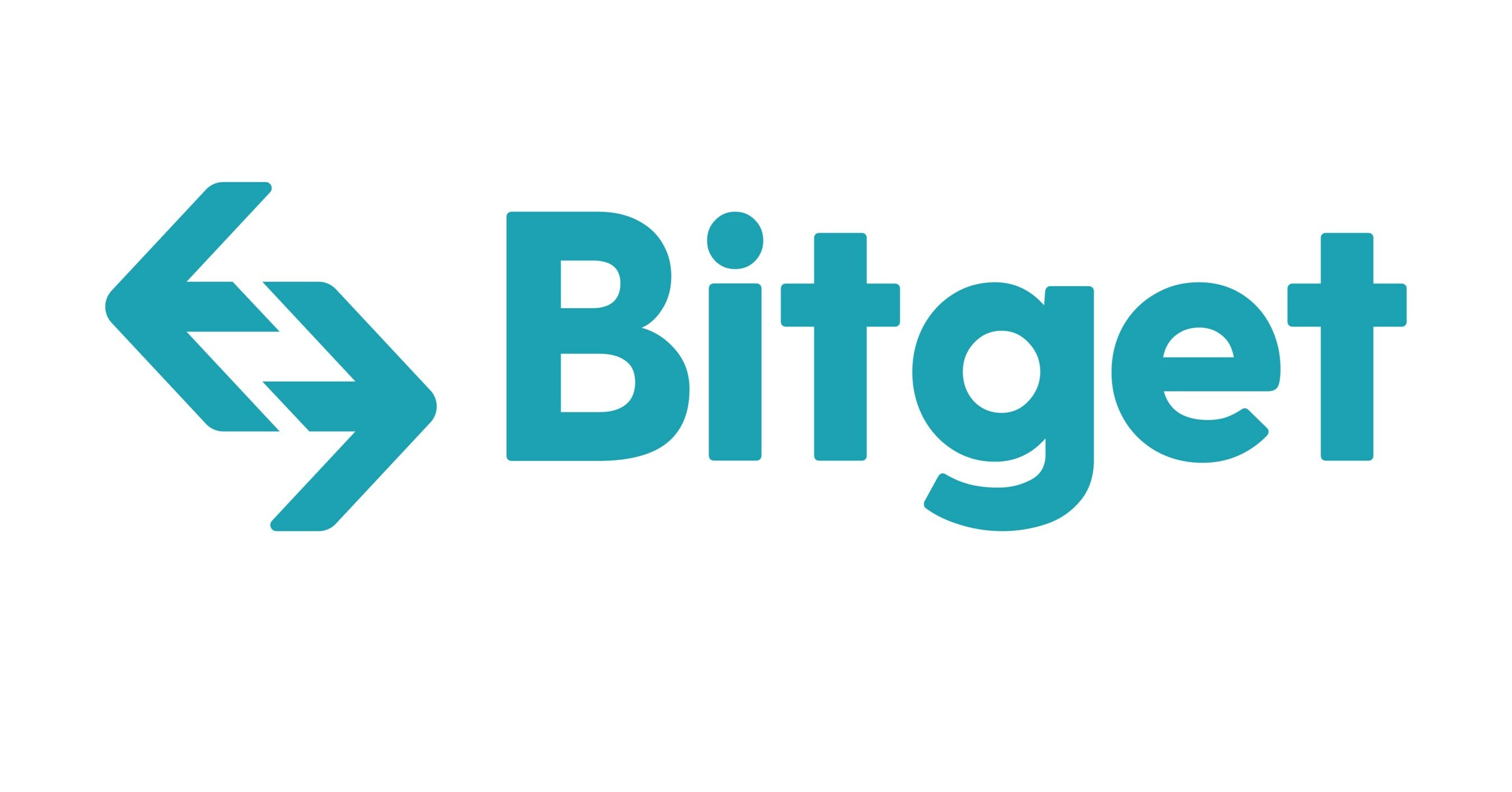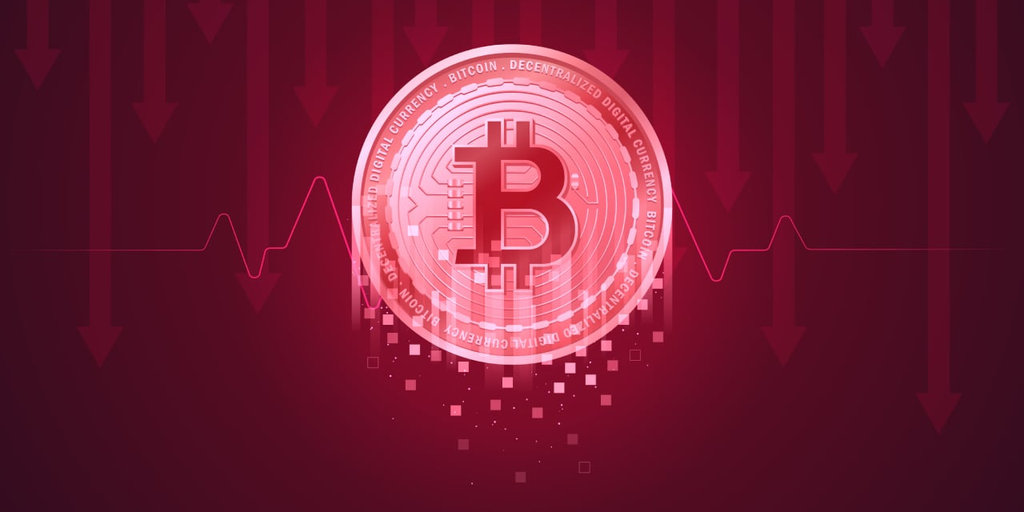PCE Price Index and what to expect from the crypto market in March

- The PCE price index rose 0.6% in January, up 4.7% from a year ago.
- The red-hot inflation could tip the Fed to continue raising interest rates, affecting the crypto market.
Inflation rose in January, which could push the Fed to keep raising interest rates, potentially impacting the crypto market. According to the Bureau of Economic Analysis (BEA), a US government agency, it is Personal consumption expenditure (PCE) The price index increased by 0.6%, up 4.7% from a year ago.
Read Bitcoins [BTC] Price prediction 2023-24
Why PCE is a big trigger even for crypto
The Fed reportedly prefers PCE to the Consumer Price Index (CPI) to measure inflation. One of the main reasons behind the PCE preference is its broader scope and ability to measure the strength of the economy.
It also tracks how price changes affect consumption behaviour. In addition, the PCE price index (PCEPI) tracks price changes and inflation over time.
On the other hand, the CPI does not take into account the difference in consumption patterns across households and barely accounts for price changes in rural or remote settings.
That said, it’s worth noting that PCE and PCEPI rose 1.8% and 0.6% respectively in January. This means that the Fed may be put in a position to consider raising interest rates further, thus confirming the narrative of higher-for-longer interest rates that spread market uncertainty in recent days.
US stocks and crypto markets after the PCE data
US stock markets already closed in the red on Friday (February 24), as bearish sentiment swept the market. In accordance Google FinanceThe Nasdaq and S&P 500 fell by 1.69% and 1.05%, respectively.
Source: Crypto Total Market Cap on TradingView
The crypto markets were also in the red. Bitcoin (BTC) has seen over $45 million long positions destroyed in the last 24 hours, according to mint light.
In addition, BTC fell below $24K and the total crypto market capitalization fell by over 3% in the same period, according to Coinmarketcap.
Overall, the crypto market has fallen from $1.1T to $1.02T between Tuesday (February 21) and the time of writing, according to aggregated data on TradingView.
Is your portfolio in the green? check out BTC Profit Calculator
What does Mars hold for crypto?
If the Fed adopts a hawkish stance at the March meeting due to the high inflation rate in January, the recent upward momentum could be slowed. The crypto market could correct most of the recent gains seen in the last two months if BTC breaks below the psychological level of $23K.
Simply put, the Federal Open Market Committee’s meeting in March could affect the crypto market’s overall performance in Q1 2023. A likely hawkish stance could undermine recent gains, tipping bears to rule the market.























